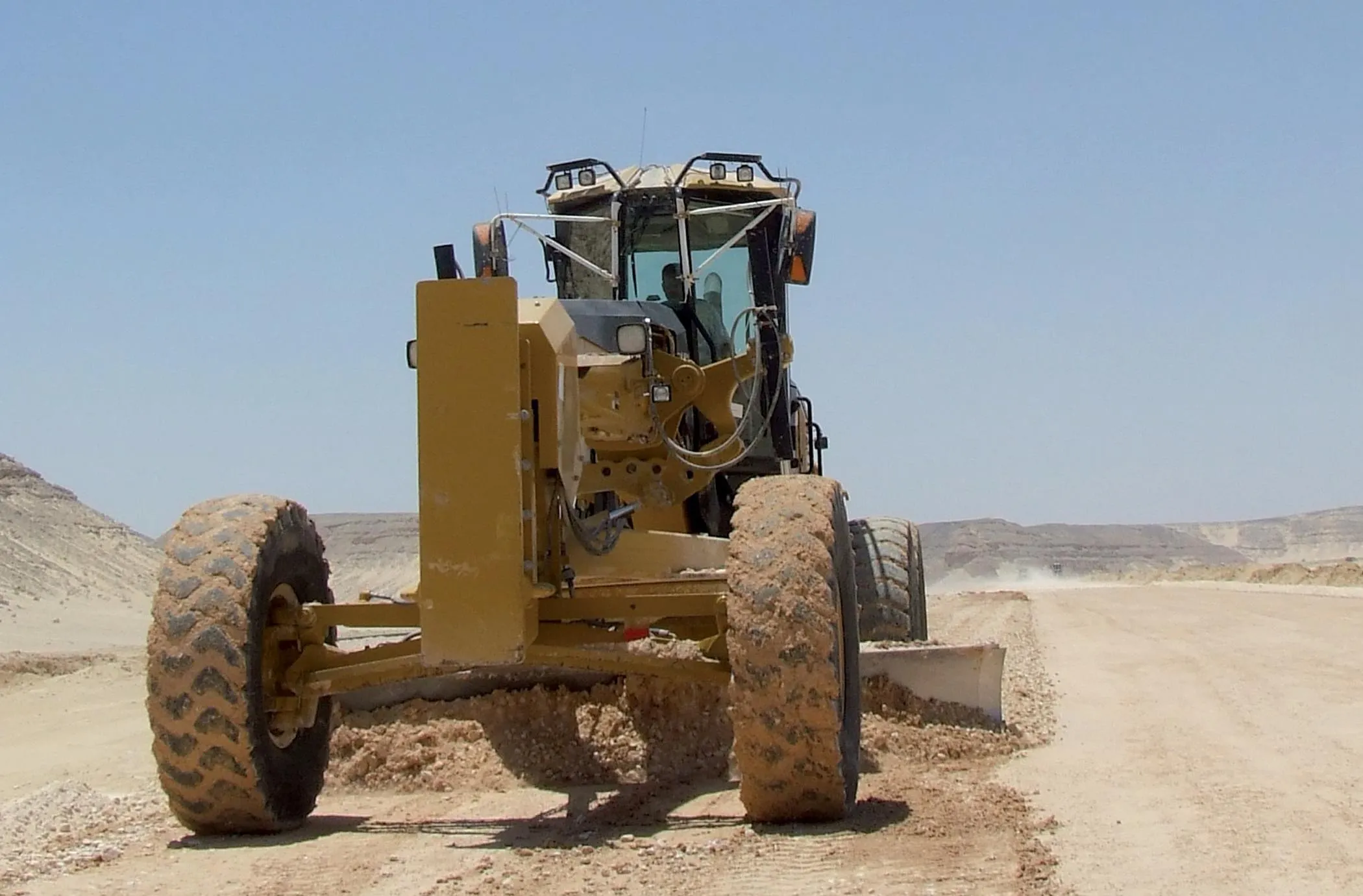Firmly established as part of the road marking landscape on highways in Europe, USA and Australia, Geveko’s PREMARK preformed thermoplastic road marking is being increasingly used to help guide traffic in the North Africa, Middle East and Gulf regions. A recent example is the introduction of Persian words, a car symbol and an ETC logo to help guide the traffic and increase its flow at a toll station in Iran. Meanwhile in Ajman, in the United Arab Emirates, PREMARK is now used on horizontal speed limit signs
February 21, 2013
Read time: 2 mins
Firmly established as part of the road marking landscape on highways in Europe, USA and Australia, 2447 Geveko’s PREMARK preformed thermoplastic road marking is being increasingly used to help guide traffic in the North Africa, Middle East and Gulf regions.
A recent example is the introduction of Persian words, a car symbol and an ETC logo to help guide the traffic and increase its flow at a toll station in Iran. Meanwhile in Ajman, in the United Arab Emirates, PREMARK is now used on horizontal speed limit signs to make drivers aware of the 60km/h speed limit in an attempt to reduce the number of accidents. Finally, in Egypt truck signs featuring PREMARK are helping keep trucks in the right lanes and informing them of speed limits on the northbound route of a highway between Cairo and Alexandria.
A recent example is the introduction of Persian words, a car symbol and an ETC logo to help guide the traffic and increase its flow at a toll station in Iran. Meanwhile in Ajman, in the United Arab Emirates, PREMARK is now used on horizontal speed limit signs to make drivers aware of the 60km/h speed limit in an attempt to reduce the number of accidents. Finally, in Egypt truck signs featuring PREMARK are helping keep trucks in the right lanes and informing them of speed limits on the northbound route of a highway between Cairo and Alexandria.







